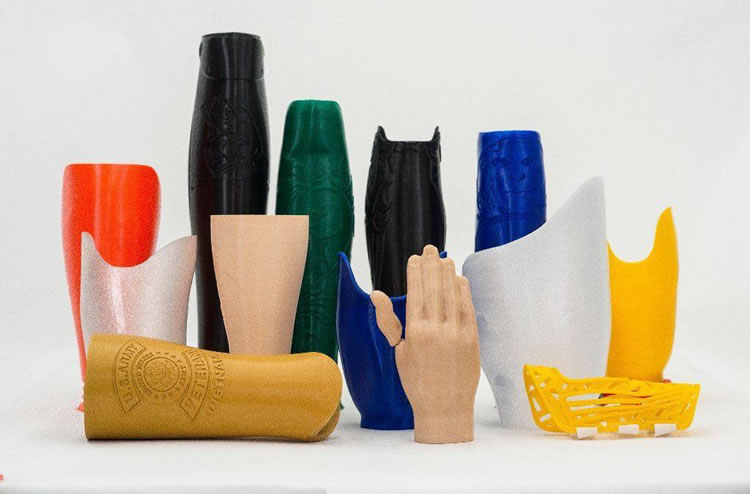articles
Liability Pitfalls In Providing 3D Printed Components or Devices In Prosthetics And Orthotics
By: Dr. John Schulte
Tel: 410-533-1960
Email Mr. Schulte
View Profile on Experts.com.
The 3D printing manufacturing process has been garnering the Medical headlines lately. While exciting to literally print a device right from the computer, some very important aspects relative to placing a printed device on a medical referral person particularly regarding prosthetics and orthotics will be discussed in the following paragraphs.
History of this process tells us that 3D printing was originally developed for the prototyping and template industry1. While it is relatively easy to replicate an existing product or part, the 3D printed product may appear to be strong and complete on the bench while in fact, quite possibly will fail causing harm to the user. It should be understood that many, many steps are involved prior to the reveal of the completed design presented for commercial availability.

Engineers, draftsmen, material selection, testing, controlled studies and peer reviews are all part of the process prior to ever placing a medical device on or in a human subject.2 Clinical trials, engineering drawings and reasoning for a design are researched ad nauseam and with good reason! The user (commonly referred to as the patient), places their trust in the treating practitioner to provide the most appropriate prosthetic or orthotic device for their needs. Prosthetic and orthotic devices all contain parts and pieces that make up the finished device. The practice of P&O is different than simply designing a pretty looking device. These products need to be both structural and functional.
Prosthetic components and products are utilized to replace a missing anatomical part of the body and Orthotic devices are used to support a weakened or malformed part of the trunk or extremities3. Prosthetic components in particular, are designed for a specific activity level, wearers weight, function or all the above. The standards of manufacturing for these components go through numerous levels of design and testing prior to releasing the specific components or devices for sale4. Individual 3D printing outside of controlled studies and tests bypass these standards and subject the end user to undue exposure for less than optimum results from the design, intended function and or device longevity.
The fact is that the clinical practitioner or their designee oftentimes lacks the education, training and experience to properly understand the processes to successfully develop the conceptual component or device. Utilization of the correct and most appropriate materials to sustain and support the end user’s activity level, weight and daily routines to yield the desired outcomes, will oftentimes result in less than optimum results and or personal injury to the user or others5. In order to produce a safe, functional and tested device, it is common to have failures during the manufacturing processes. These failures during controlled environments, clinical studies and focus group feedback while being costly and frustrating, yields the proper finished designs that are commercially available for consumer use.
While the practitioner or their employer may have had only the best intentions when wanting to device a device (whether a similar design was or was not commercially available). Should an untested non-commercially available product not be available, designing and placing a 3D printed device on the consumer and should that device cause injury or harm, it does not absolve the person or company of liability in both the professional or ethical arena.
As a sidelight, the practitioner or their employer and their company may well be exempt from the presumed insurance coverages when one or more of the 3D printed components are incorporated within the delivered prosthetic and orthotic products.
2. https://www.business2community.com/product-management/12-steps-product-concept-manufacturing-01518713
3. See Mr. Schulte's whitepaper - Differentiating between Orthotics and Prosthetics @ www.prostheticexpertwitness.com.
4. https://bizfluent.com/facts-6916572-iso-manufacturing-standards.htm.
5. https://www.machinedesign.com/3d-printing-cad/article/21838078/the-challenge-of-3d-printing-medical-devices. https://www.prescouter.com/2017/07/3d-printed-prosthetics/.
John F. Schulte is an accomplished Orthotic and Prosthetic practitioner with 40 plus years of experience consulting and treating Body and External powered upper and lower extremity prosthetics for all age groups. Mr. Schulte's intimate knowledge in prosthetic and orthotic clinical practice and management, component prescription recommendation, and selection and utilization for all patient ages and levels of function make him an excellent expert witness resource.
©Copyright - All Rights Reserved
DO NOT REPRODUCE WITHOUT WRITTEN PERMISSION BY AUTHOR.
Related articles
Follow us








